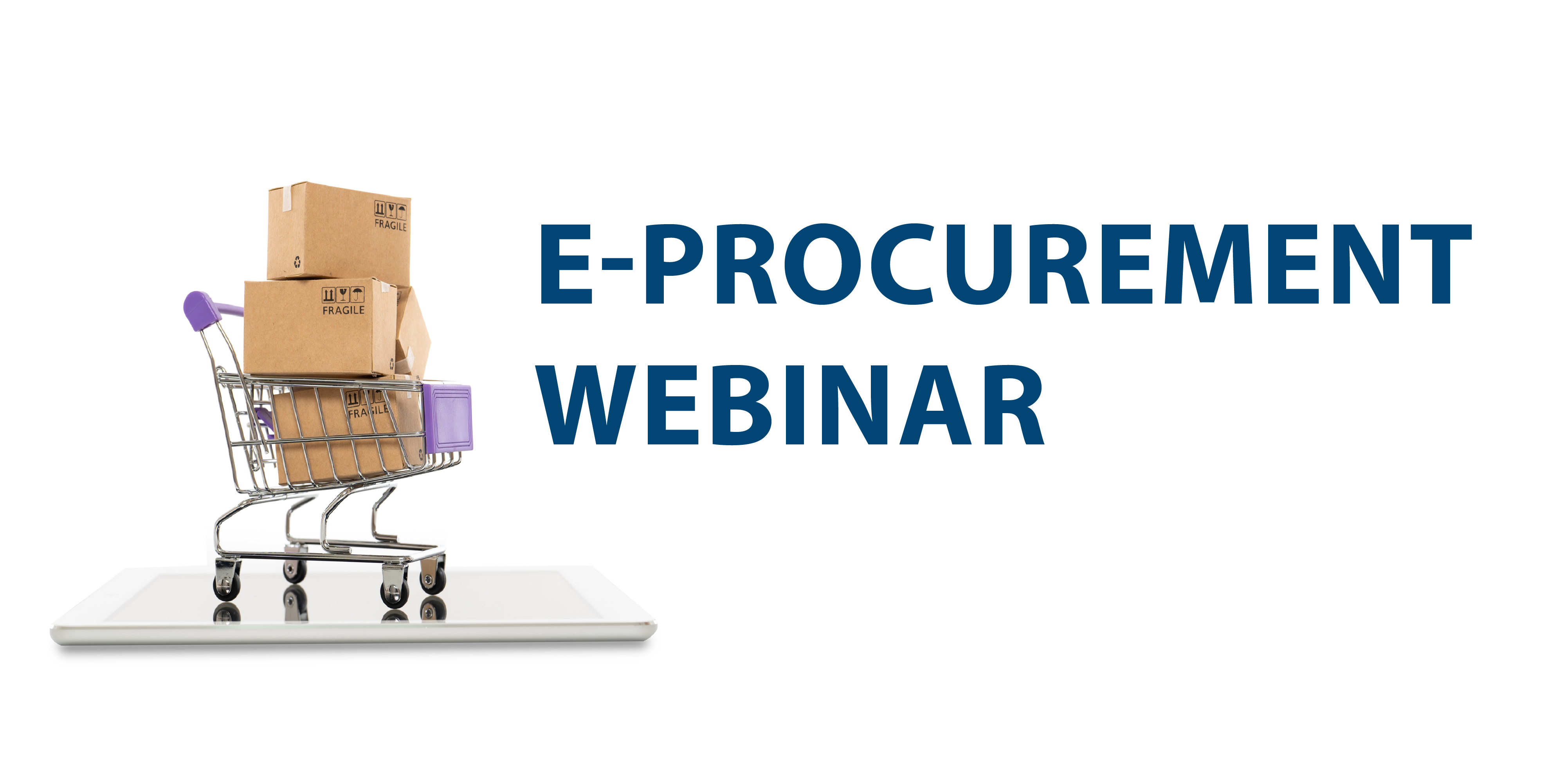
One of the business-to-business technologies to come out of the late 90s dotcom boom was the idea of online marketplaces for specific vertical industries. This took the old guard technologies of ERP and EDI connectivity based on point-to-point integrations and brought it into the "internet age" based on XML and a hub-based architecture.
The vanguard was led by systems providers such as Commerce One (now Perfect Commerce), Ariba (still going), Freemarkets (now part of Ariba), Purchase Pro, and others.
Asite was the first eProcurement marketplace to be set-up for the property and construction industry.
We started operating in 2001 based on the Commerce One marketplace platform - and have been managing transactions for our trading community ever since. Commerce One was an important part of our platform offering in the early years - but we long ago developed the full eProcurement hub mechanism into our own Asite platform, with no dependency on third-party intellectual property.
From day one Asite set out to deliver a platform based on three legs: sourcing (find partners and suppliers, pre-qualify and get to contract), collaboration / project management (document exchange, structured workflow, and contract management), and trading (transactional eProcurement and supply chain integration). In later years we added in the unifying element that pulls this all together - Asite cBIM - and all of it, all the time, has been delivered on a pure utility-compute / Software as a Service model.
We have always believed that these are the services that define the successful supply chain hub for construction and other asset-intensive and engineering-focused industries.
Observers sometimes group Asite with companies offering much more narrow offerings focused on one or the other areas of the Asite platform. Companies such as Achilles, BiP Solutions or Bravo Solution in sourcing; BIW, 4Projects, or Aconex in project management (frequently called the ‘project extranet' space); Causeway Tradex, Ariba, or COINS (beware the ERP vendor reaching outside the firewall - more to come on this topic...) in trading / eProcurement.
All of these services have their own pluses and minuses of course - but suffice to say here that what they all have in common is they give you another data silo to worry about when what you really need are single views across your business. In order to achieve single views you need a platform which is open, natively extensible, and includes support for your business processes.
If your business is project-based, deals with assets, or develops products then the Asite platform fits the bill.
So, while we've been delivering this platform over the last nine years the piece that started it all off has continued working away behind the scenes, processing millions of commercial transactions per month between our customers - just plumbing really for the business web - mostly invisible but always on and totally dependable.
The Asite Exchange processed its one-billionth eProcurement transaction on Sunday the 4th of April 2010 (which, by the way, was an invoice for 72 kiln-dried joists - also known as bandsills in the US). While the Exchange has of course continued to move on and is now looking at its billionth in the rear-view mirror - we've taken this opportunity to bring a little attention to the plumbing that keeps supply chains working!
In honour of the occasion I'll share a couple of stats from our learning over the years serving the industry:
Average Purchase Order Value £264.40
Average Invoice Value £496.39
Considering that the average cross-industry cost to raise a purchase order for both direct and indirect goods is widely quoted to be about £80 per order (i.e. nearly 1/3 the value of the PO) it is not difficult to understand why electronic trading has seen the take-up it has over the last decade!
And here is a quick graph showing the profile of the transaction growth we've seen over the years as we went from zero to one-billion.
I have a feeling that the next billion will take a lot less than 8½ years!
Check out case studies and other info here...
Nathan Doughty
CEO at Asite
2 minute read
Asite Insights in your inbox.
Sign up for product news and our latest insights published monthly. It's a newsletter so hot, even global warming can't keep up.


